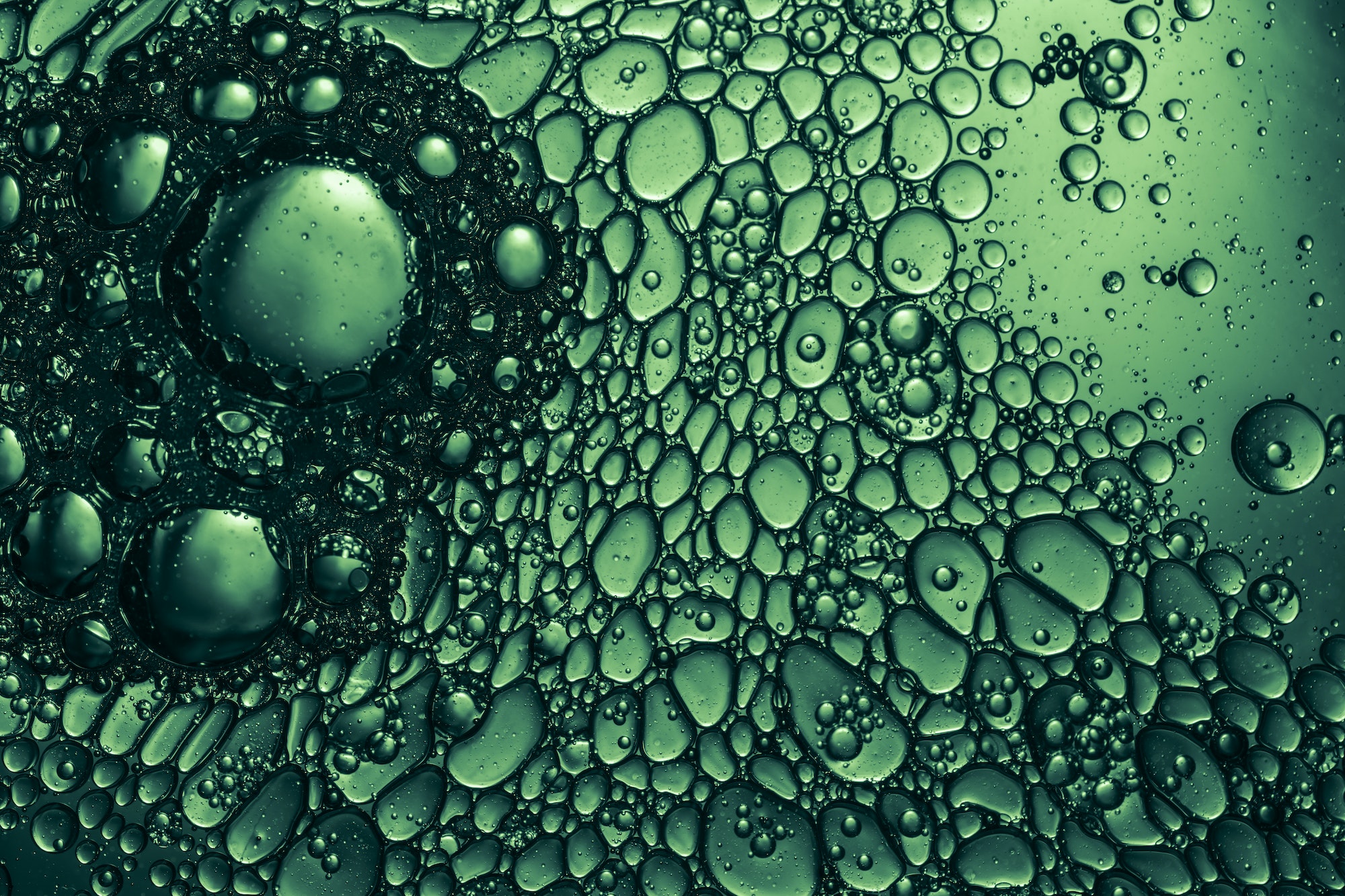Microalgae-derived bioactive compounds and pharmaceuticals have gained significant attention in recent years due to their potential applications in various industries, such as food, health care, and energy. These microorganisms are known to produce a wide range of bioactive compounds, including lipids, proteins, carbohydrates, and pigments. The extraction and purification of these bioactive compounds from microalgae have been a major focus of research in order to develop efficient and sustainable processes for commercial applications.
One of the key challenges in this field is the development of advanced extraction techniques that can improve the efficiency of microalgae-derived bioactive compound recovery. Conventional extraction methods, such as solvent extraction or mechanical disruption, are often time-consuming, expensive, and can cause damage to the bioactive compounds. Therefore, there is a need for alternative extraction methods that can overcome these limitations.
Ultrasound-assisted extraction (UAE)
Ultrasound-assisted extraction (UAE) is an advanced technique that has been widely studied for extracting bioactive compounds from microalgae. This method involves the use of ultrasonic waves to create cavitation bubbles in the solvent, which disrupt the cell walls of microalgae and facilitate the release of intracellular compounds. UAE has shown promising results in terms of improving extraction efficiency and reducing processing times compared to conventional methods.
Supercritical fluid extraction (SFE)
Another advanced extraction technique that has gained interest is supercritical fluid extraction (SFE). This method utilizes supercritical fluids, such as carbon dioxide or water, at high pressures and temperatures to extract bioactive compounds from microalgae. SFE offers several advantages over conventional methods, including higher selectivity, lower solvent consumption, and reduced processing times. However, high operational costs and complex equipment requirements may limit its widespread application.
Microwave-assisted extraction (MAE)
Microwave-assisted extraction (MAE) is a relatively recent technique that involves the use of microwave radiation to heat the solvent and microalgae mixture, resulting in the rapid extraction of bioactive compounds. MAE has been reported to improve extraction efficiency, reduce processing times, and minimize solvent consumption compared to conventional methods. However, further research is needed to optimize the process parameters and evaluate the scalability of this technique.
Enzyme-assisted extraction (EAE)
Enzyme-assisted extraction (EAE) is another promising approach for extracting bioactive compounds from microalgae. This method involves the use of specific enzymes, such as cellulases or proteases, to break down the cell walls of microalgae and release intracellular compounds. EAE has been shown to improve extraction efficiency and selectivity while reducing processing times and solvent consumption. However, the high cost of enzymes and potential loss of bioactivity during the extraction process remain challenges for this technique.
In addition to developing advanced extraction techniques, future research in microalgae-derived bioactive compounds and pharmaceuticals should also focus on the following areas:
- Identification and characterization of novel bioactive compounds: With the vast diversity of microalgae species, there is still much to be explored in terms of discovering new bioactive compounds with potential applications in various industries.
- Optimization of cultivation conditions: The growth conditions of microalgae, such as light intensity, temperature, and nutrient supply, can significantly influence the production of bioactive compounds. Therefore, optimizing these conditions can enhance the yield and quality of the extracted compounds.
- Scaling up and commercialization: Many advanced extraction techniques have shown promising results at the laboratory scale, but their applicability at larger scales remains a challenge. Further research is needed to address issues related to scalability, equipment design, and cost-effectiveness.
- Sustainability assessment: As the demand for microalgae-derived bioactive compounds and pharmaceuticals continues to grow, it is essential to evaluate the environmental impact and sustainability of these processes to ensure their long-term viability.
Overall, the development of advanced extraction techniques for microalgae-derived bioactive compounds and pharmaceuticals is crucial for improving efficiency and promoting the commercialization of these valuable products. By addressing these challenges and future directions, researchers can unlock the full potential of microalgae as a sustainable source of bioactive compounds and pharmaceuticals.


